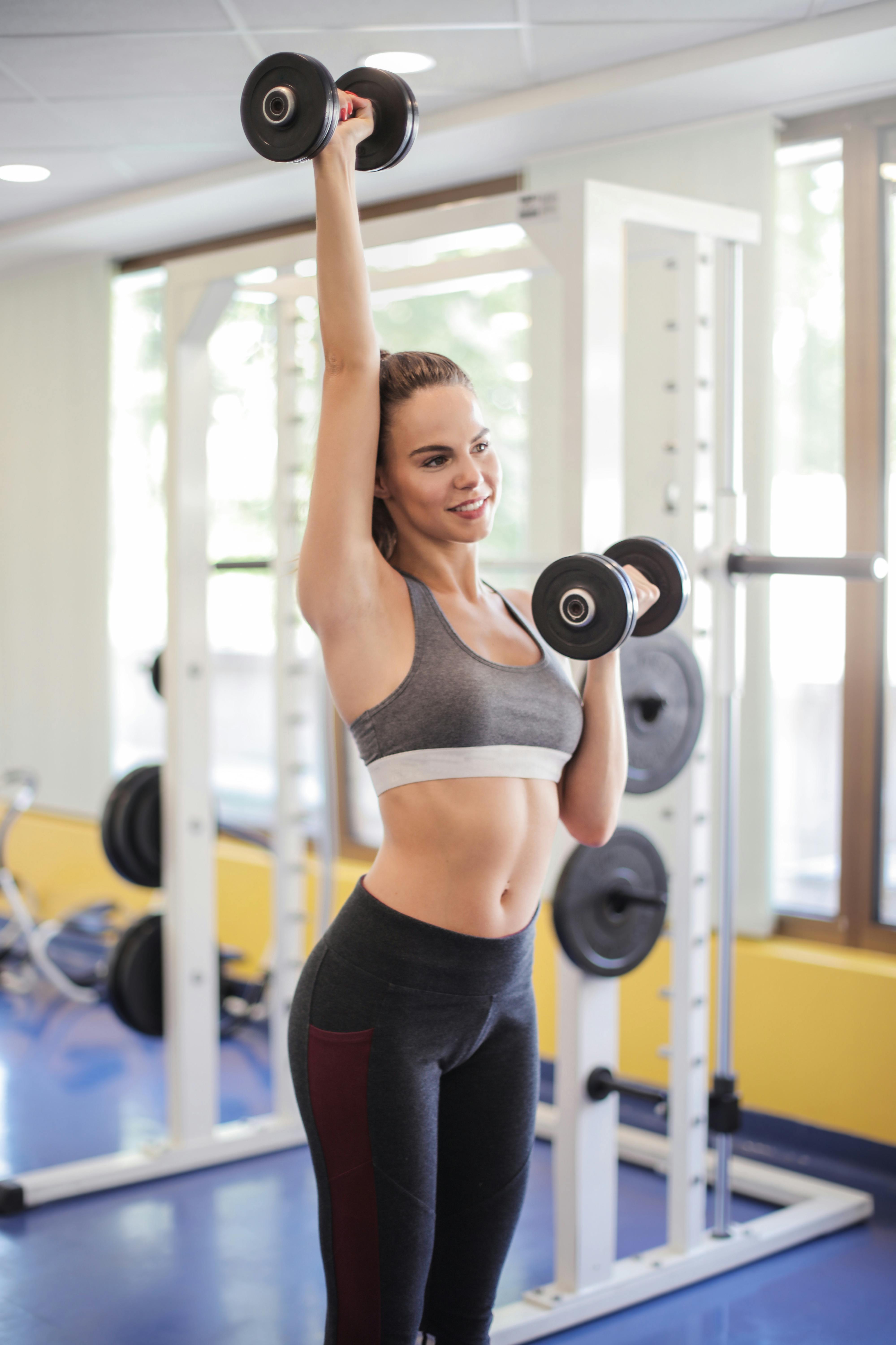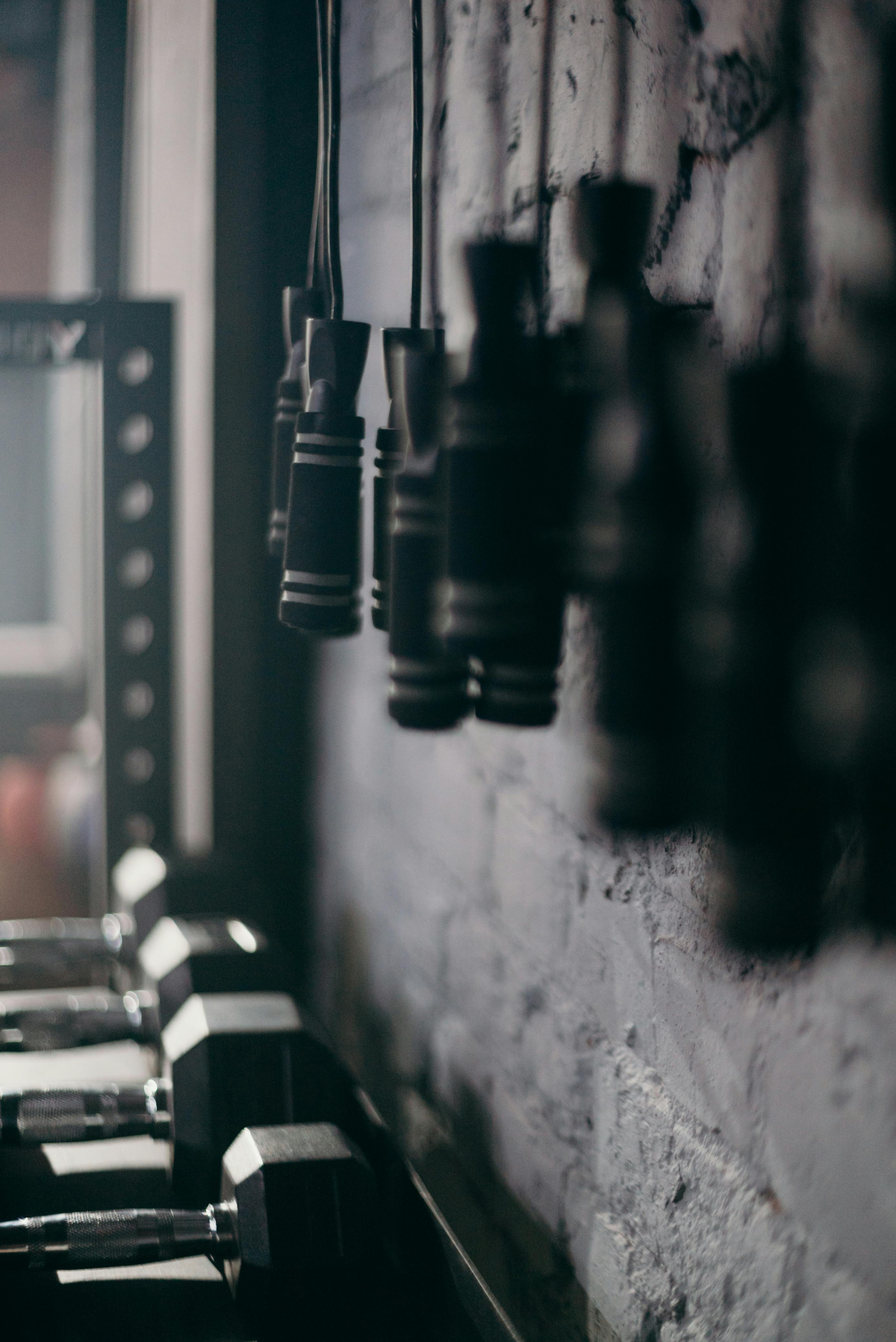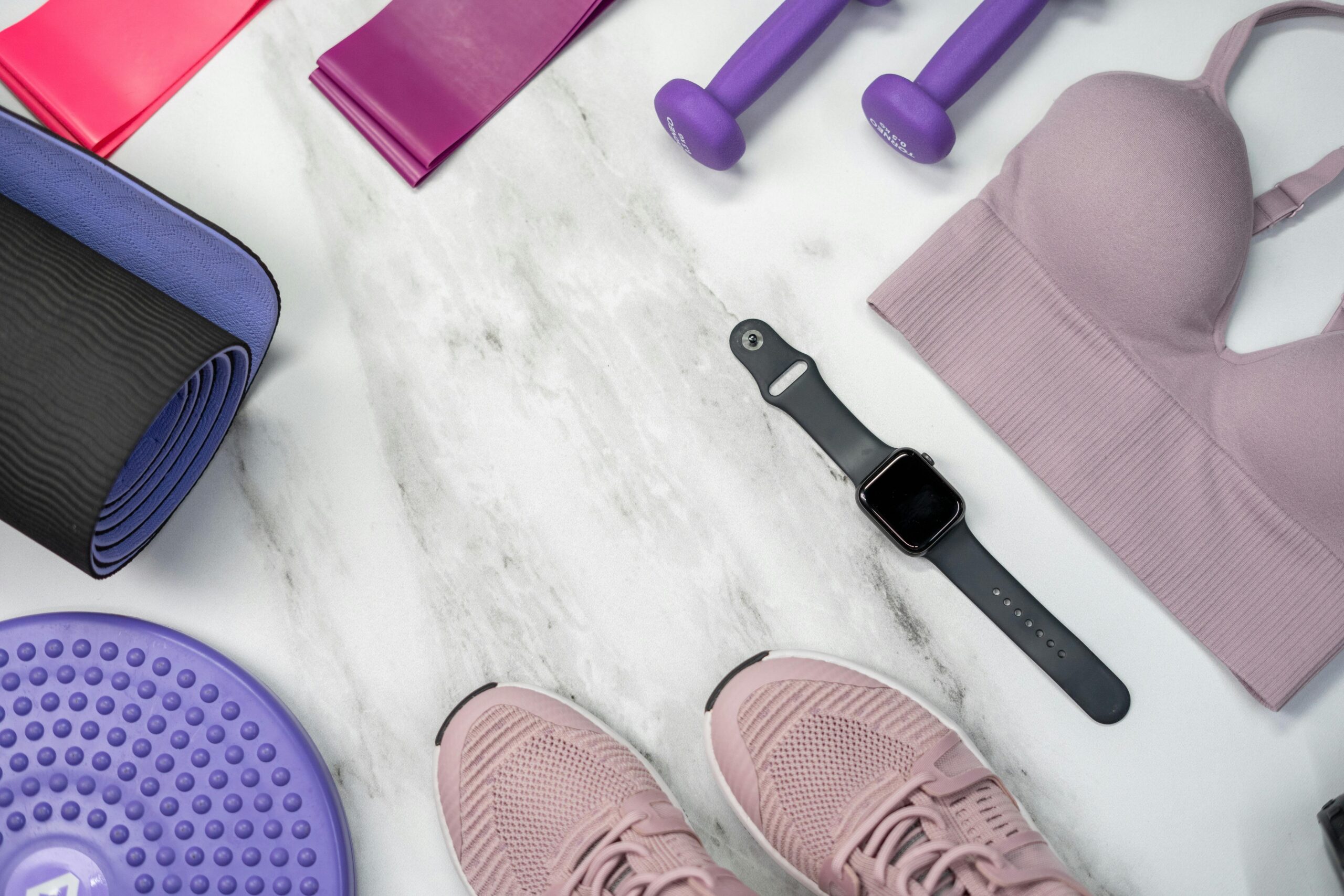Practical Guide to Seitheben mit Kurzhanteln: Enhance Your Workout in 2025
Welcome to the ultimate guide to Seitheben mit Kurzhanteln, a vital exercise for your shoulder training regimen. In today’s fitness landscape, mastering the proper techniques for exercises like Seitheben not only promotes muscle development but also contributes to overall health and performance. As we step into 2025, understanding the nuances of this workout can significantly enhance your fitness journey, whether you are a beginner or a seasoned athlete.
This article will explore the fundamentals of Seitheben, including the correct techniques, common mistakes, and how to integrate this exercise into your wider training program. By incorporating these insights, you can improve your performance, boost your strength, and achieve your fitness goals more effectively.
Key takeaways from this article include:
- The importance of Seitheben for shoulder training
- Step-by-step instructions on performing the exercise correctly
- Tips for maximizing your workout effectiveness
- Common pitfalls to avoid during your training
Essential Techniques for Effective Seitheben mit Kurzhanteln
Getting started with Seitheben involves understanding the proper techniques essential for maximizing your results. As a primary shoulder exercise, Seitheben enhances the deltoid muscles, contributing to arm strength and overall upper body stability.
Understanding the Movement
Seitheben, or lateral raises, focus on lateral deltoid development and shoulder placement. During this exercise, lifting weights to the side helps stimulate various shoulder muscles, improving your shoulder girdle’s mobility and strength. Optimal form is critical, as minor faults in posture can lead to injuries.
Step-by-Step Process to Perform Seitheben
To execute the Seitheben correctly, begin by selecting an appropriate weight for your Kurzhanteln. Follow these steps:
- Stand upright with your feet shoulder-width apart.
- Hold a Kurzhantel in each hand at your sides, palms facing inwards.
- Slowly raise the weights to shoulder height, keeping a slight bend in your elbows.
- Pause for a moment at the top, squeezing your shoulders.
- Lower the weights back to your sides with control.
Common Mistakes to Avoid
Avoiding mistakes during Seitheben is crucial for preventing injuries and maximizing muscle engagement. Common pitfalls include using too much weight, allowing your body to sway, and raising the weights too high. Proper form should always take precedence over the amount of weight lifted.
Creating a Comprehensive Schultertraining Workout
Incorporating Seitheben into a well-rounded training plan is vital for balanced shoulder strength. This naturally leads us to explore how to build a strategic shoulder training regimen. Here, we will outline some strategies to enhance your workout with an emphasis on the shoulder region.
Designing Your Trainingsplan
When designing a training plan, it’s important to include exercises targeting different shoulder muscles. For example, in addition to Seitheben, incorporate front raises, shoulder presses, and shrugs. This variation ensures balanced muscle development and reduces the risk of overuse injuries.
Integrating Core-Training with Seitheben
Integrating core training within your shoulder workouts adds stability and strength. Exercises such as planks and rotational moves can complement your Seitheben, focusing on core engagement during your upper body routines. This holistic approach boosts overall fitness and enhances performance metrics.
Track Your Trainingsfortschritt
Monitoring progress is crucial in any fitness journey. Use tools such as fitness journals or apps to track repetitions, weights, and personal records. This meticulous tracking reflects your muscleaufbau and informs adjustments to your fitness strategy to avoid plateaus.
Advanced Training Techniques for Maximum Gains
For those looking to take their training to the next level, integrating advanced techniques into your Seitheben regime can enhance hypertrophy and performance. Connected to this principle, we will examine progressive overload and its benefits in muscle training.
Progressive Overload and Its Importance
Progressive overload entails gradually increasing the weight, frequency, or intensity of your exercises. In the context of Seitheben, this means regularly challenging your muscles to adapt and grow stronger. Implement this technique as you become proficient, ensuring you maintain proper form as you increase resistance.
Incorporating Variations of Seitheben
Variations of Seitheben, such as the incline lateral raise or single-arm raise, can further challenge your muscles and prevent workout monotony. Exploring these alternatives keeps your training fresh and addresses different muscle fibers within the shoulder complex.
Utilizing Iso-Lifts for Enhanced Strength
Iso-lifts are an excellent method for adding strength training depth. Performing isometric holds at the peak of your lateral raise not only increases muscle stability but also enhances overall muscle tension, which can significantly improve hypertrophy gains.
The Impact of Nutrition on Your Training Goals
Nutrition plays an integral role in fitness and recovery, especially when it comes to muscle development and performance. Having discussed workout techniques, it’s imperative to acknowledge the synergy between effective nutrition strategies and shoulder training.
Planning Your Nutrition for Muscleaufbau
A well-rounded diet supports your training endeavors and aids in muscle recovery. Include enough protein to promote muscle repair, vitamins, and minerals to support overall health. Working with a personal trainer or nutritionist can provide tailored diet plans to boost your performance.
Hydration and Recovery
Hydration is equally important for optimal performance and recovery. Ensure you stay well-hydrated throughout your workouts to maintain performance intensity and assist recovery processes post-exercise. Regular water intake promotes muscletonus and is a cornerstone of effective training.
Health Tips to Avoid Sports Injuries
Preventing sports injuries is essential in any training regimen. Focus on proper warm-up routines, including mobility exercises, and cool-down stretches, which are important in reducing injury risks and enhancing muscle recovery. Moreover, understanding your limits allows you to train smarter and safely.
Q&A Section: Common Questions about Seitheben
1. What weight should I start with for Seitheben?
Begin with a light weight that allows you to complete 12-15 repetitions with proper form. Gradually increase the weight as you become more comfortable with the exercise.
2. How many sets should I perform?
A standard approach involves 3-4 sets of 10-15 reps. Adjust according to your fitness goals and current strength level.
3. Can Seitheben help with shoulder pain?
Yes, when performed correctly, Seitheben can improve shoulder strength and stability, potentially alleviating some forms of shoulder pain caused by weakness or imbalances.
4. How does Seitheben differ from other shoulder exercises?
Seitheben specifically targets the lateral deltoids, providing unique benefits for shoulder width and aesthetics compared to other shoulder exercises such as presses, which generally focus on overall shoulder strength.
5. How can I ensure I’m doing Seitheben correctly?
Simplifying your focus on form is crucial. Consider using a mirror for real-time feedback or seek guidance from a coach to assess your technique.

In summary, mastering the Seitheben with Kurzhanteln is essential for anyone aspiring to improve their upper body strength. By understanding the correct techniques, integrating effective nutrition strategies, and continuously monitoring progress, you foster a competent fitness journey. Embrace the opportunity to improve your training, and reap the benefits of this powerful exercise.

Stay committed, and let the journey of strength and wellness unfold!
